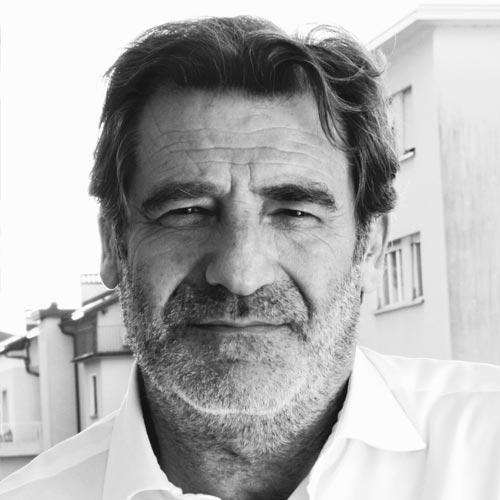Ask the Experts: How will the art market continue to be impacted by COVID-19 in 2021?
Jul 19, 2021
We’ve seen a dramatic change in how we appreciate and purchase art. Our experts discuss how we’re more connected and innovative than ever before, and how this shift has brought about new opportunities but also new challenges.

As a result of COVID-19, 2020 was a year of innovation for the art industry, with immense creativity and experimentation emerging out of necessity. The art market on all fronts had to re-evaluate the old models and embrace change in order to pivot in positive ways.
However, all the innovation and art market pivots did bring new challenges. With social media exploding, together with these newly created online art sharing platforms, there has become a dizzying amount of information to take in both visually and intellectually. The shift to online transactions has also been accompanied by a steep learning curve for both art buyers and sellers, leading to oversights and errors throughout the purchase process.
The impact of COVID-19 has had both positive and negative outcomes in the global art community. But one thing that will never change is that to fully experience the true beauty of art it has to be done in person.
Marla Wasser
Art Advisor | Pursuits Inc., Art Advisory

We’ll move back slowly towards more in-person interaction (art fairs, gallery visits, auctions) but I think that the technology that we were forced to adapt during COVID-19 (such as zoom calls, online art fairs, buying at auction online, etc) will continue to supplement the in-person interaction where necessary.
Annelien Bruins
Art Advisor | Marketing Executive

The art market will shift more and more towards virtual viewing and virtual selling but there will be another way to organize exhibition openings and art fairs.
Stefano Pesce
Art Advisor | Business Development Crozier

We are spending more time than ever at home, and with that comes a need to make the spaces we live in beautiful and special. Moreover, art can have a very soothing and healing effect. We have more time to read, research, analyze and explore all of which are perfect for starting or continuing to collect art.
Moreover, the art market has undergone a digital transformation whereby the focus has moved from showcasing to selling works of art online. There is greater transparency and a wider participation, all of which are positive changes that are likely to stay.
If there is one area however, we should pay attention to and that does concern me, it is that many of the younger, and lesser/unknown artists, often represented by the smaller galleries, are under immense pressure and heavily impacted by the crisis with a significant number of these artists having lost their representation all together or simply being overlooked in a crowded digital space with collectors gravitating to the more established "branded" artist names. As such, I do encourage everyone to veer off the beaten path and explore, possibly with the help of an art advisor, the unknown, not only will you be surprised by the quality and skill on offer, you will also be able to support those that need it the most.
Muys Snijders
Art Advisor | MUYS.ART

Interested in becoming an art advisor? Art Advisory 101 and Art Advisory 201 cover the key aspects of running a successful art advisory firm from how to navigate the art world to following best practice and managing client relationships. Enroll Today

:sharpen(level=0):output(format=jpeg)/wp-content/uploads/2021/11/How-will-the-art-market-continue-to-be-impacted-by-COVID-19-in-2021-1.jpg)
:sharpen(level=1):output(format=jpeg)/wp-content/uploads/2024/05/The-Art-Lawyers-Diary-1.jpg)
:sharpen(level=1):output(format=jpeg)/wp-content/uploads/2024/04/5-Questions-with-Bianca-Cutait-part-2-1.jpg)
:sharpen(level=1):output(format=jpeg)/wp-content/uploads/2024/05/20231208_164023-scaled-e1714747141683.jpg)
:sharpen(level=1):output(format=jpeg)/wp-content/uploads/2024/04/header.jpg)
:sharpen(level=1):output(format=jpeg)/wp-content/uploads/2024/04/5-Questions-with-Bianca-Cutait-part-1-1.jpg)
:sharpen(level=1):output(format=jpeg)/wp-content/uploads/2024/03/5-Questions-with-Alaina-Simone-1.jpg)